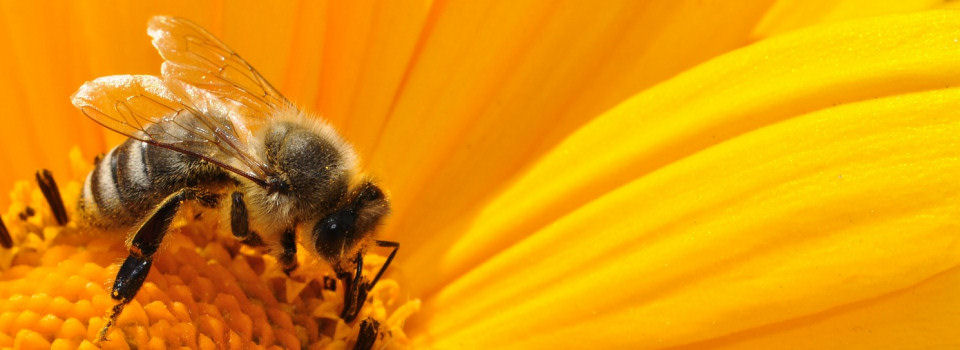Münzen und Scheine kennt im Euro-Land jede und jeder. Wir haben täglich mit ihnen zu tun.
Neu hingegen ist der erste Euro-Honig, wie ich ihn bezeichne. Seit dem Frühjahr 2020 stehen Bienenvölker auf dem Gelände der EZB/ECB. Die Riedberg-Imker betreuen sie. Die erste Ernte ist ansehnlich, wenngleich auch nicht üppig gewesen. 75,5 Gläser zu je einem Pfund sind beim Abfüllen herausgekommen.
Die erforderlichen Etiketten sind von den Graphikern der EZB/ECB entworfen und gedruckt worden.

Die Gläser verbleiben EZB/ECB-intern und gelangen nicht in den Verkauf. Als kleines Schmankerl werden die Gläser auf der Rückseite ähnlich gekennzeichnet wie es in der Graphischen Kunst üblich ist: Exemplar X von der Auflagenanzahl Y. Zusätzlich sind sie vom ausführenden Imker noch handsigniert worden.

Was mit den Gläsern geschieht, wer sie erhält, weiß ich nicht genau. Das Glas mit der Nummer 01/75 wird auf alle Fälle Christine Lagarde, die Präsidentin, erhalten.
English version
The very first EURO honey
Coins and banknotes are known to everyone in EURO region. Everyone deals with them on a daily basis.
However, the EURO honey (as I call it) is a novelty. Since spring 2020 there are bee hives to be found on the premises of the European Central Bank (ECB) that are well looked after by the "Riedberg-Imker". The first honey extraction's result is considerable, allthough not overwhelming. 75 (and a half) jars containing 500 grams each could be filled.
The necessary labels have been designed and printed by the ECB's graphic designers.
The honey jars will be for internal ECB use only and cannot be bought. As a small extra the jars are marked on their back sides as it is usually done in the graphic art business: copy X of an editon of Y. In addition, they were handsigned by the beekeeper in charge.
I do not know what will happen to the jars or who will receive them, but jar 01/75 will be presented to Christine Lagarde, President of the European Central Bank.

Du muss angemeldet sein, um einen Kommentar zu veröffentlichen.